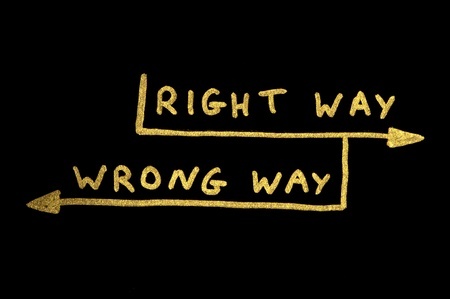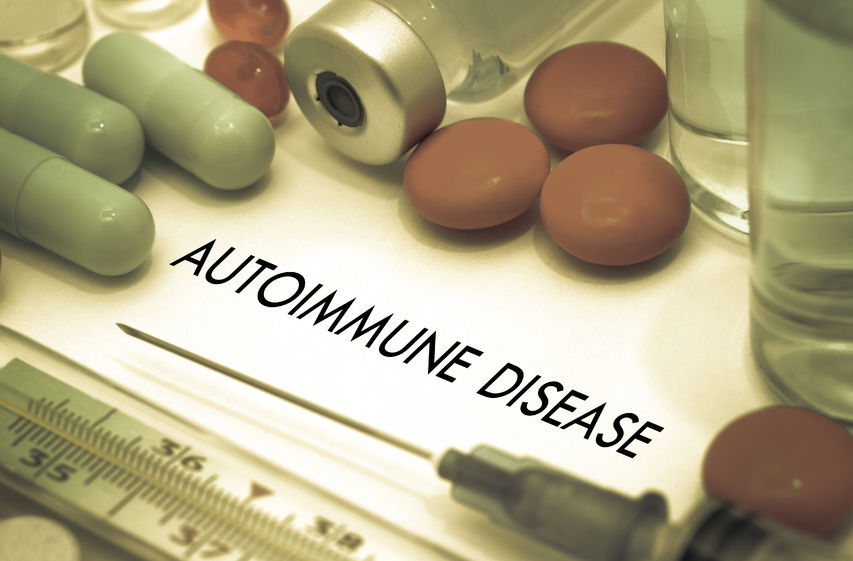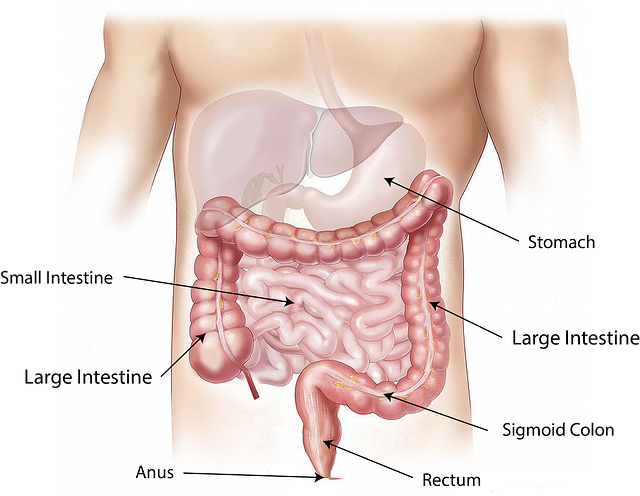Gluten-Free Diet
Tips:
Learn How to Recognize Gluten in Ingredient Lists
This page elaborates on one suggestion in my quick list of gluten-free diet tips.
Gluten-Free Diet Tips: To Avoid Inadvertently Consuming Gluten, Learn How to Recognize Gluten in Ingredient Lists

In 2006, I began my gluten-free journey. If only I knew then what I know now, I would have been more vigilant about reading ingredient labels to avoid hidden sources of gluten (and all the other foods I react to).
This is one of my most important gluten-free diet tips. It could make the difference between you feeling good or feeling bad.
Did you know that soy sauce contains gluten? Did you know that some spices are mixed with gluten-containing flour to prevent clumping? Did you know that some ingredients might or might not contain gluten, and if you're not sure either way, you should contact the manufacturer or pass on them?
It's easy to identify gluten in ingredient lists that include the words “wheat,” “rye,” or “barley.” However, gluten that is hidden under names such as “vegetable protein,” “natural flavors,” and “non-dairy creamer” are more challenging.
To protect yourself, become familiar with all the possible sources of both obvious and hidden gluten, and stay away from products that contain them. See What Foods Contain Gluten? for details.
Also learn about the FDA's gluten-free labeling and allergen labeling rules.
Always read food labels to guide your food choices. However, always listen to your body, and avoid any foods that your body doesn't like.
An Example of an Ingredients List That Contains Gluten
 Nutrition facts, including a list of ingredients, for a salad dressing mix
Nutrition facts, including a list of ingredients, for a salad dressing mixThis product contains a packet of dried ingredients to make a quick salad dressing. Just add olive oil, and you are done. You could also use this convenience product to make marinades, sauces, and dips.
Yes, we should care about all of the nutrition facts on food labels. For example, seeing sugar as the first ingredient in such a list is always a warning sign for me. However, in this case, after the olive oil is added, the sugar is not the most abundant ingredient in the finished product.
However, our focus here is to determine if this product contains gluten. Read the ingredients list, and note the following:
- SOY SAUCE (WHEAT, SOYBEANS, SALT) – The wheat in the soy sauce is an obvious source of gluten. You might as well not bother investigating the other ingredients further. However, let's do so anyway to determine if any potential sources of hidden gluten are present.
- MALTODEXTRIN – According to registered dietitian and gluten-free expert Shelley Case (1), this highly processed additive is derived from starches such as corn, waxy maize, potato, rice, or wheat. In North America, the most common sources of maltodextrin are corn, waxy maize, and potato—although wheat is still a possible source. In the United States, the FDA requires that if wheat is the source, the label must use the term “wheat maltodextrin.”
In Europe, maltodextrin is more frequently derived from wheat. However, according to research using the most sensitive testing possible, this additive is so processed such that “very low levels or no gluten“ is present in wheat-based maltodextrin. In fact, as a result of this research, the European Food Safety Authority (EFSA) has exempted wheat-based maltodextrin from allergen labeling. - SPICE – Spice mixes sometimes contain gluten. However, the word “spice“ is singular, suggesting that only one spice is being referred to here. Still, I would contact the manufacturer and ask (but not for this product, as I already know it contains gluten).
- NATURAL FLAVOR – This ingredient is questionable as to whether it contains gluten. Here, too, I would contact the manufacturer and ask (but, again, not for this product, as I already know it contains gluten).
Also note the allergen labeling at the very bottom: CONTAINS: WHEAT, SOY.
When you see wheat listed in a Contains statement, you might assume this means that the product in question definitely contains gluten. In most cases, it does. However, a heavily processed ingredient such as wheat starch might be considered safe. For an explanation, see my related gluten-free diet tip about the FDA's gluten-free labeling and allergen labeling rules.
Of course, if you are sensitive to foods other than gluten, be sure to check ingredients lists for your other food intolerances. For example, I am (hopefully temporarily!) intolerant to nightshades (which includes potatoes, tomatoes, eggplant, bell peppers, hot peppers, and paprika, among other foods).
So when I see “spice” in a list of ingredients, I wonder if that spice might be paprika or a chili-based spice (the latter of which is derived from hot peppers). I contact the manufacturer to find out.
References
1. Case, S. Gluten-Free Diet: A Comprehensive Resource Guide, Revised and Expanded Edition. Saskatchewan, Canada: Case Nutrition Consulting; 2010:52. [Book]
CeliacFAQ.com home page > Gluten-Free Diet Tips > Learn How to Recognize Gluten in Ingredient Lists


